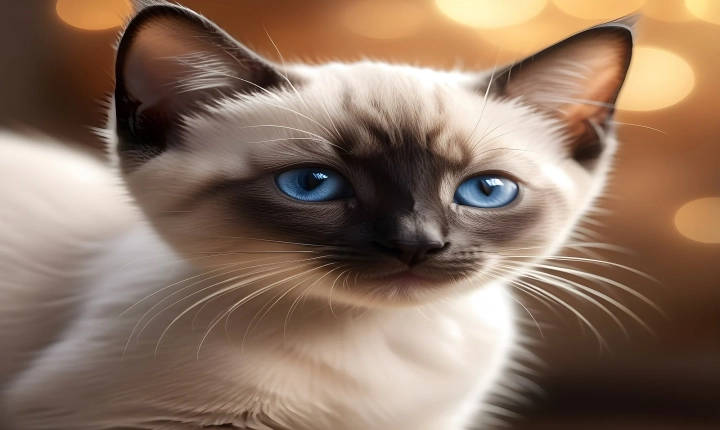The concept of AI-generated art has become increasingly popular in recent years, with advancements in machine learning and generative algorithms enabling computers to create fascinating and sophisticated artworks. One particular form of AI-generated art that has garnered considerable attention is the AI that draws pictures, also known as neural network art or AI art.
AI that draws pictures is based on the use of deep learning models, specifically generative adversarial networks (GANs) and variational autoencoders (VAEs). These models are trained on vast amounts of image data and use complex algorithms to generate new images, often in the style of existing artworks or based on specific input from users.
One of the most well-known examples of AI-generated art is the work produced by the “DeepArt” platform, which uses neural networks to create images inspired by the input of a user. Users can upload their own images or select a style from a database of famous artworks, and the AI algorithm then generates a unique piece of art based on these inputs.
Another prominent example is the “GANbreeder” project, which employs GANs to generate surreal and dreamlike images by combining elements from different source images. The resulting artworks often feature fantastical landscapes, bizarre creatures, and abstract forms, showcasing the creative potential of AI-generated art.
AI-generated art has also been used to explore the boundaries of creativity and machine intelligence, raising questions about authorship, originality, and the role of human input in the artistic process. Some artists and researchers have collaborated with AI algorithms to co-create artworks, blurring the lines between human and machine creativity.
However, despite its significant potential and achievements, AI-generated art also raises ethical and legal concerns, especially regarding copyright and intellectual property. The use of AI to create artworks raises questions about ownership and attribution, as well as the implications for professional artists and the art market.
Additionally, debates continue about the authenticity and emotional impact of AI-generated art. Some argue that the lack of human experience and emotional depth in AI-generated artworks renders them less meaningful and valuable than traditional art created by human hands. Others, however, see AI-generated art as a new form of artistic expression that reflects the capabilities and limitations of machine intelligence.
In conclusion, AI that draws pictures represents an exciting and rapidly evolving field at the intersection of art, technology, and artificial intelligence. The ability of AI algorithms to generate captivating and original images has the potential to revolutionize the art world, challenging conventional notions of creativity and expanding the possibilities of artistic practice. However, as AI-generated art continues to develop, it is essential to consider the ethical, legal, and philosophical implications of this emerging form of creativity.
